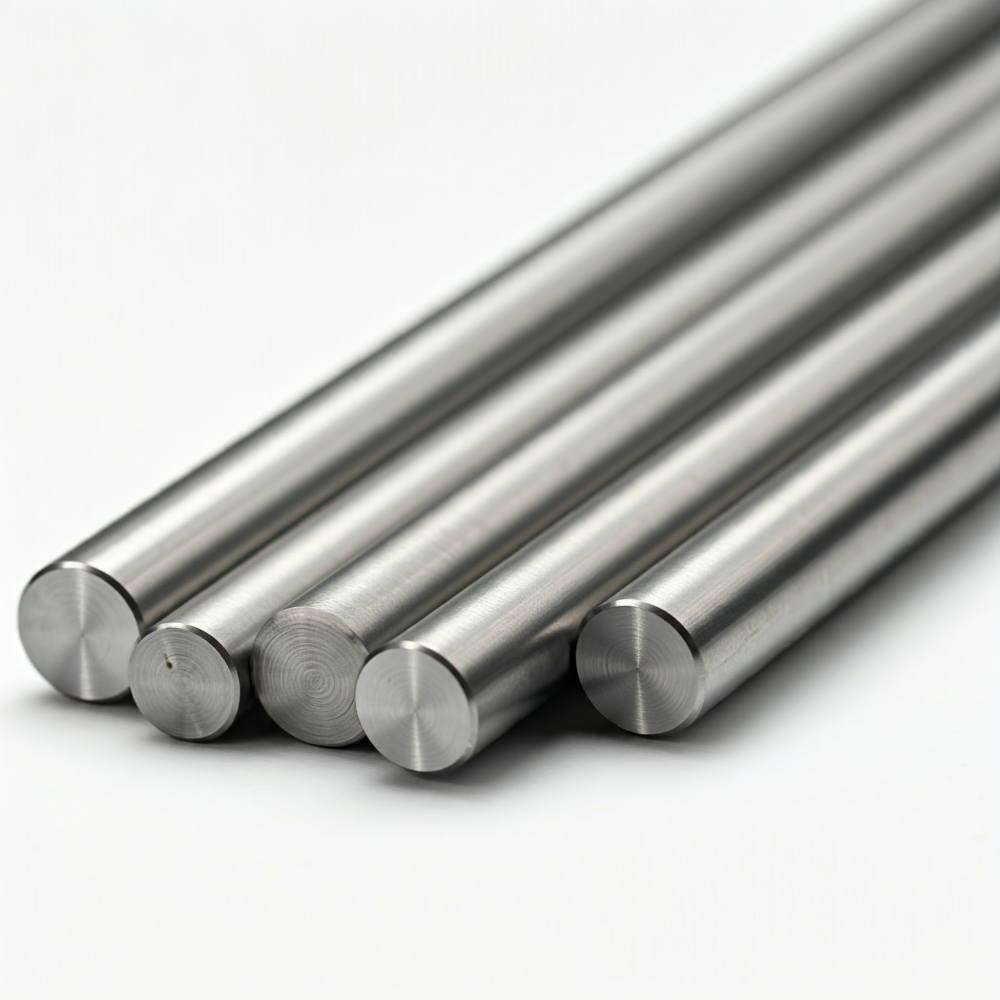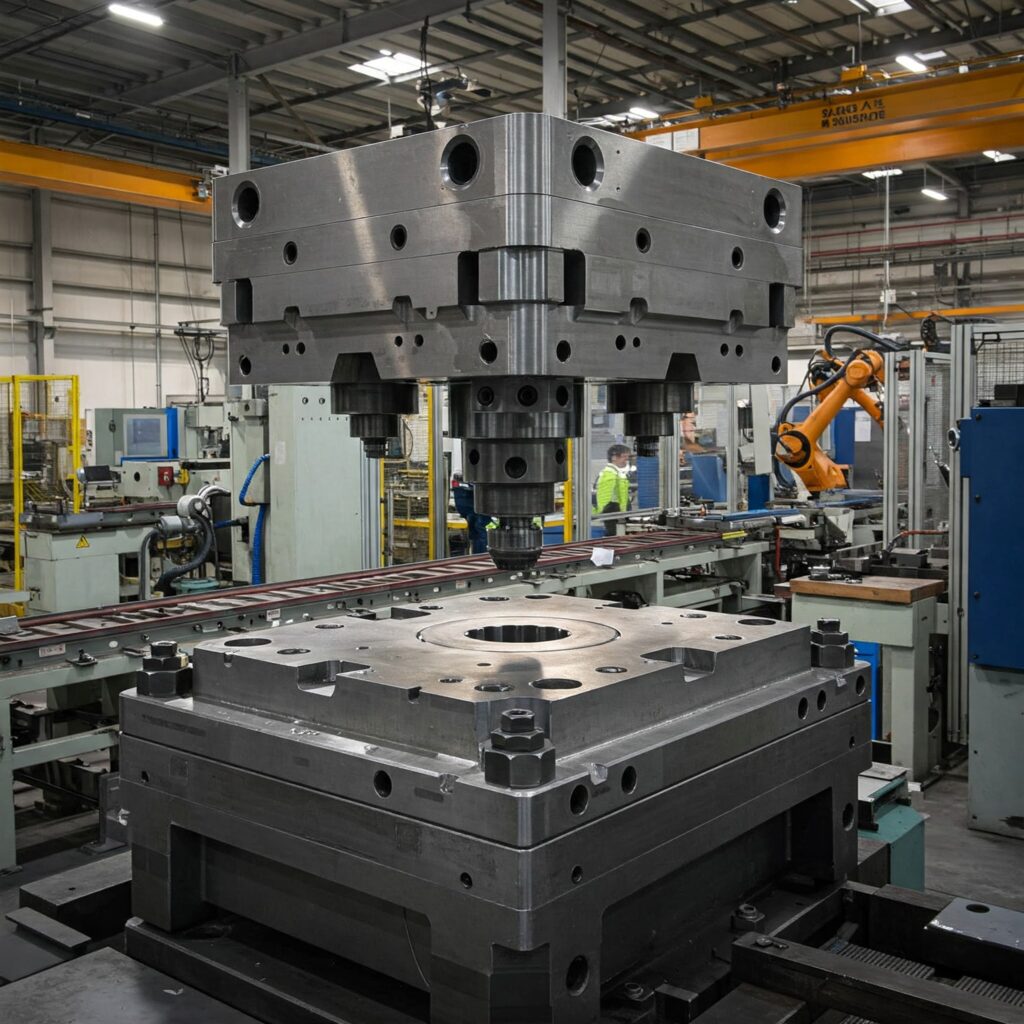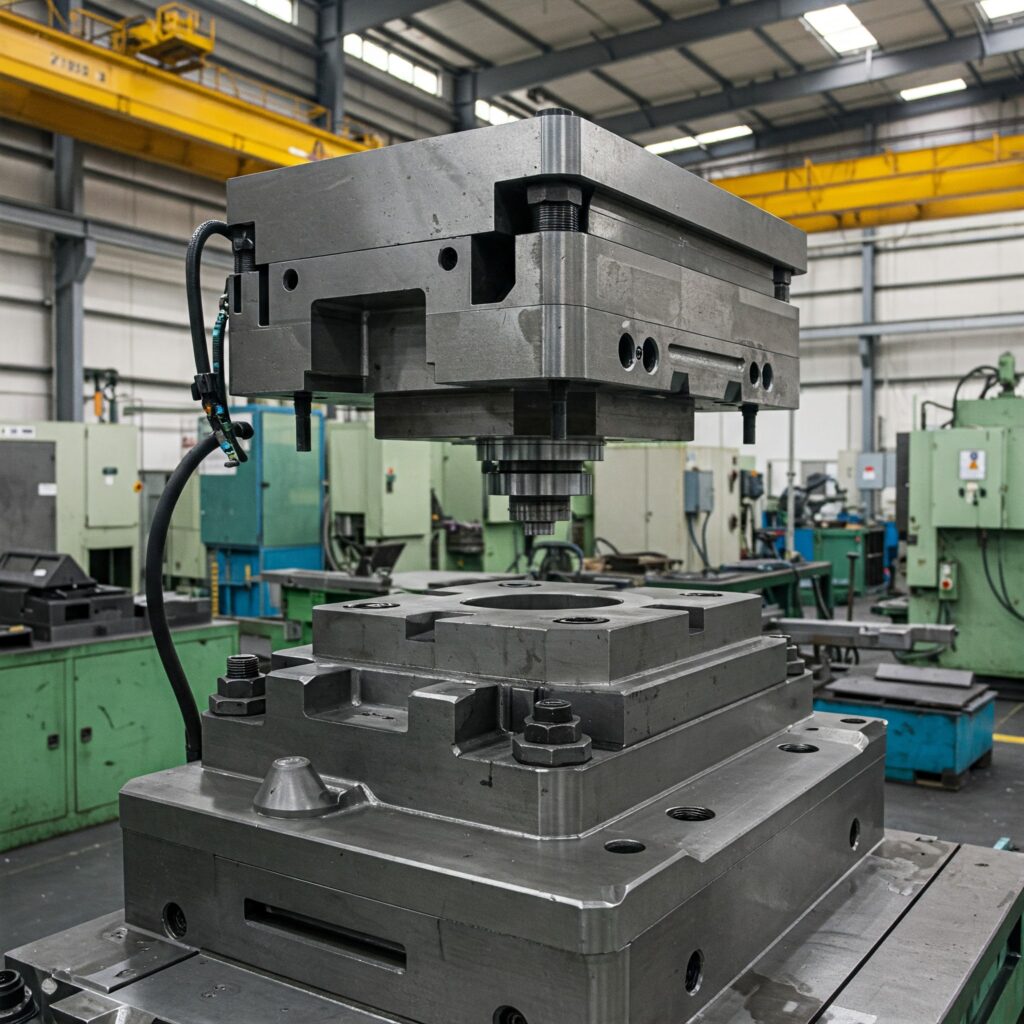At present, the common cold work die steel in the world can be divided into three categories: (1) low alloy cold work die steel; (2) medium alloy cold work die steel; (3) high alloy cold work die steel. In addition, several new cold work die steels have also been developed as follows.
(1) High toughness, high wear resistance cold work die steel. Some cold work dies, such as cold heading dies and thick plate punching and shearing dies, require both good wear resistance and high toughness for die materials. General-purpose cold work die steel cannot meet the needs. For this reason, the United States, Japan, etc. In the 1970s and 1980s, a number of high toughness and high wear resistance cold work die steels were developed. This type of steel carbide is small and dispersed, with high bending strength, fracture toughness, wear resistance, machinability and grindability, high stability against tempering, and small heat treatment deformation. It may develop into a general-purpose type in the future. Cold work die steel.
(2) Flame quenching cold work die steel. In order to simplify the process and shorten the mold manufacturing cycle, some special steel grades that meet the requirements of flame quenching have been developed. They are characterized by wide quenching temperature range and high hardenability to meet the requirements of flame local heating and air-cooling quenching. They are widely used in automobile manufacturing. .
(3) Powder metallurgy cold work die steel. It is produced by powder metallurgy method. During the milling process, due to the rapid solidification of molten steel after atomization, very fine and dispersed carbides are formed, which can significantly improve the toughness and grindability of steel. Powder metallurgy methods can produce ultra-high carbon, high alloy (especially high vanadium content), high wear resistance die steel and steel-based titanium carbide that are difficult to produce by conventional processes.



